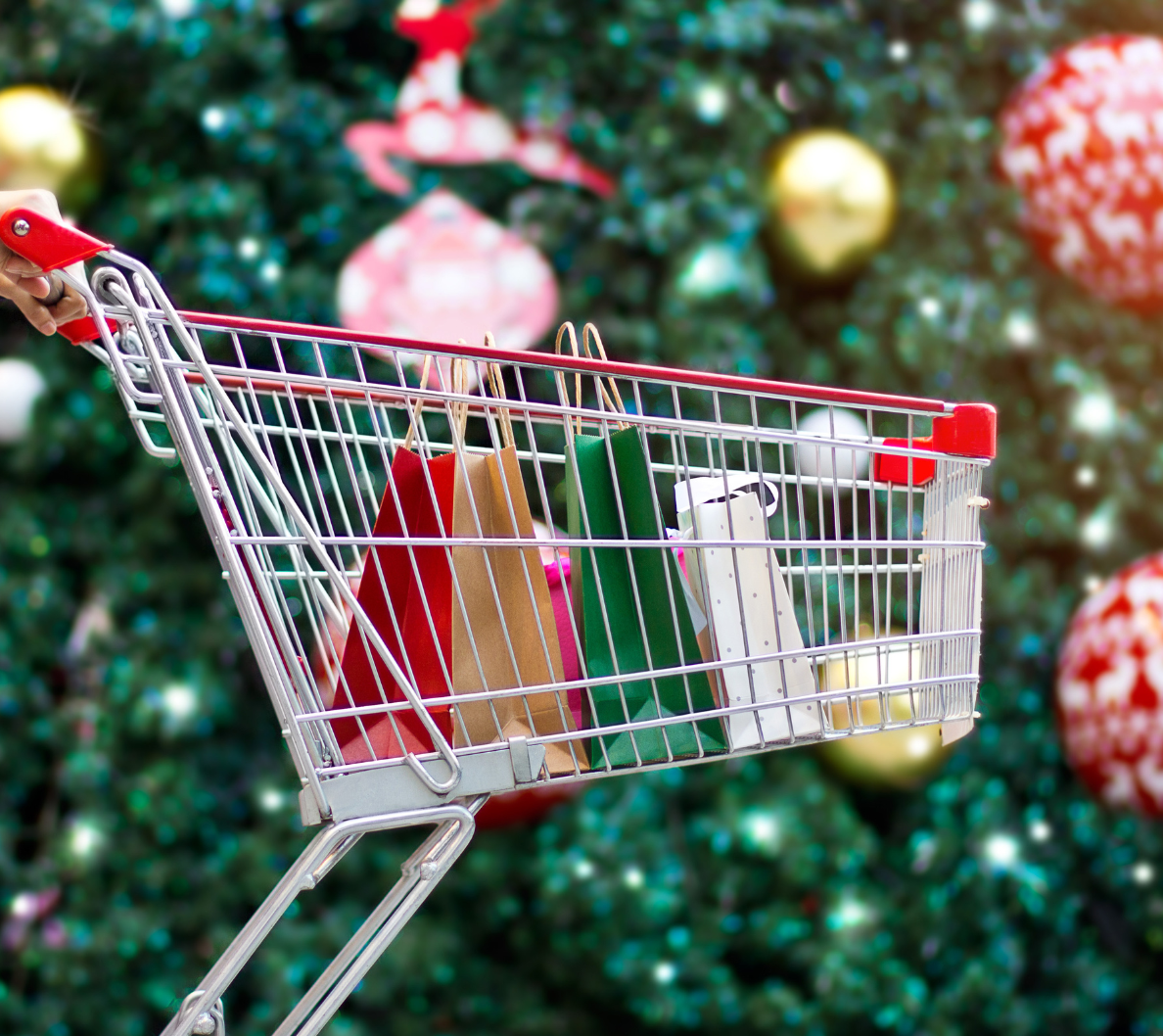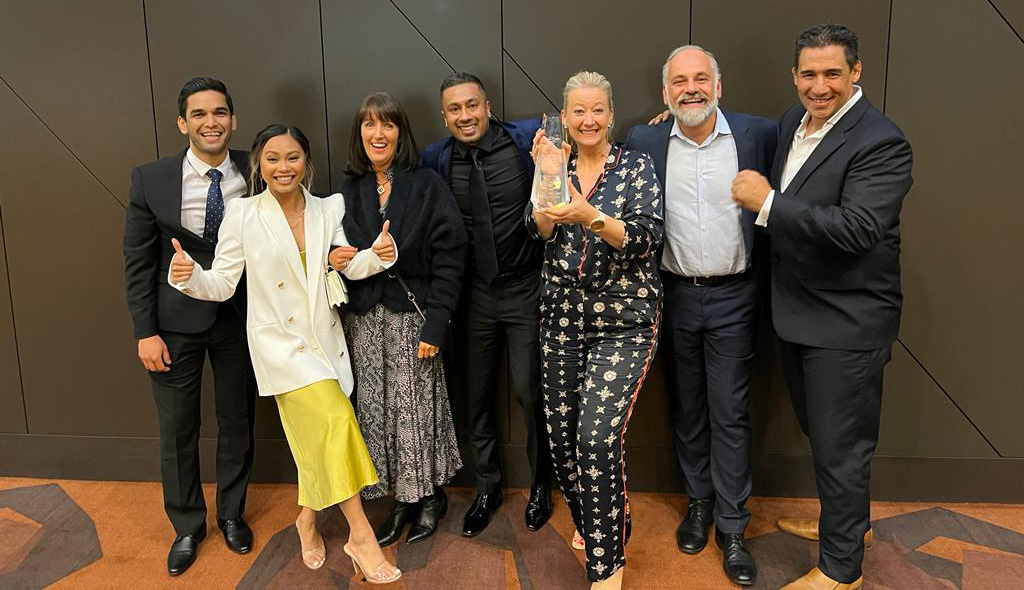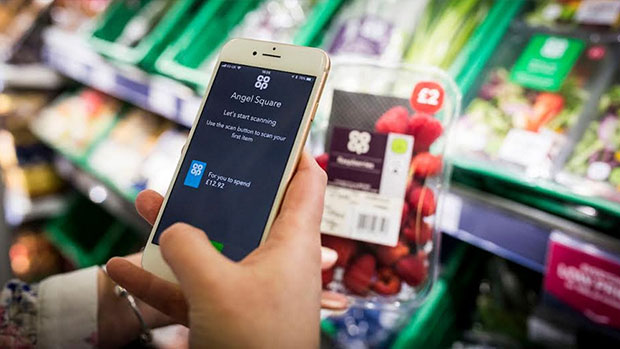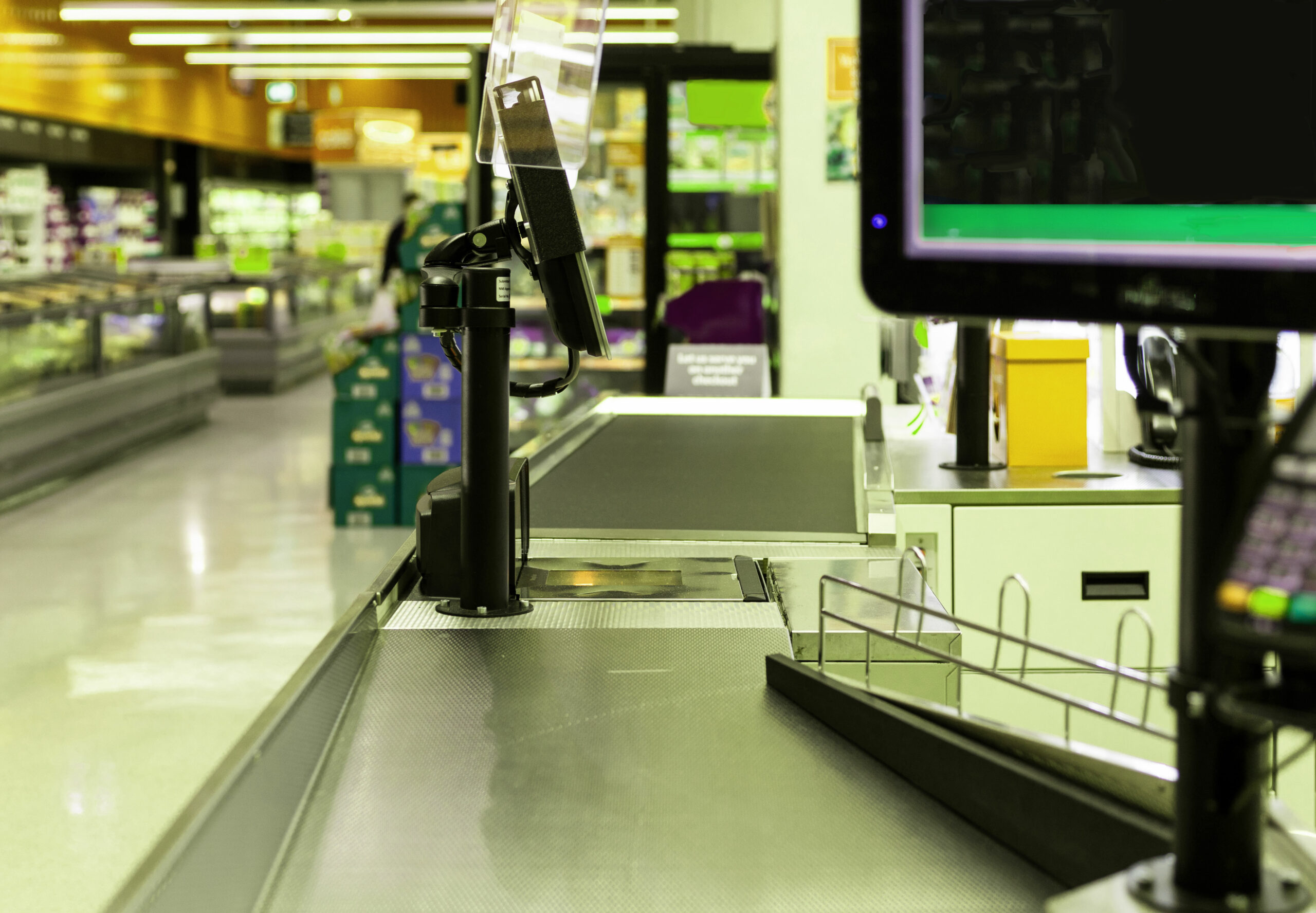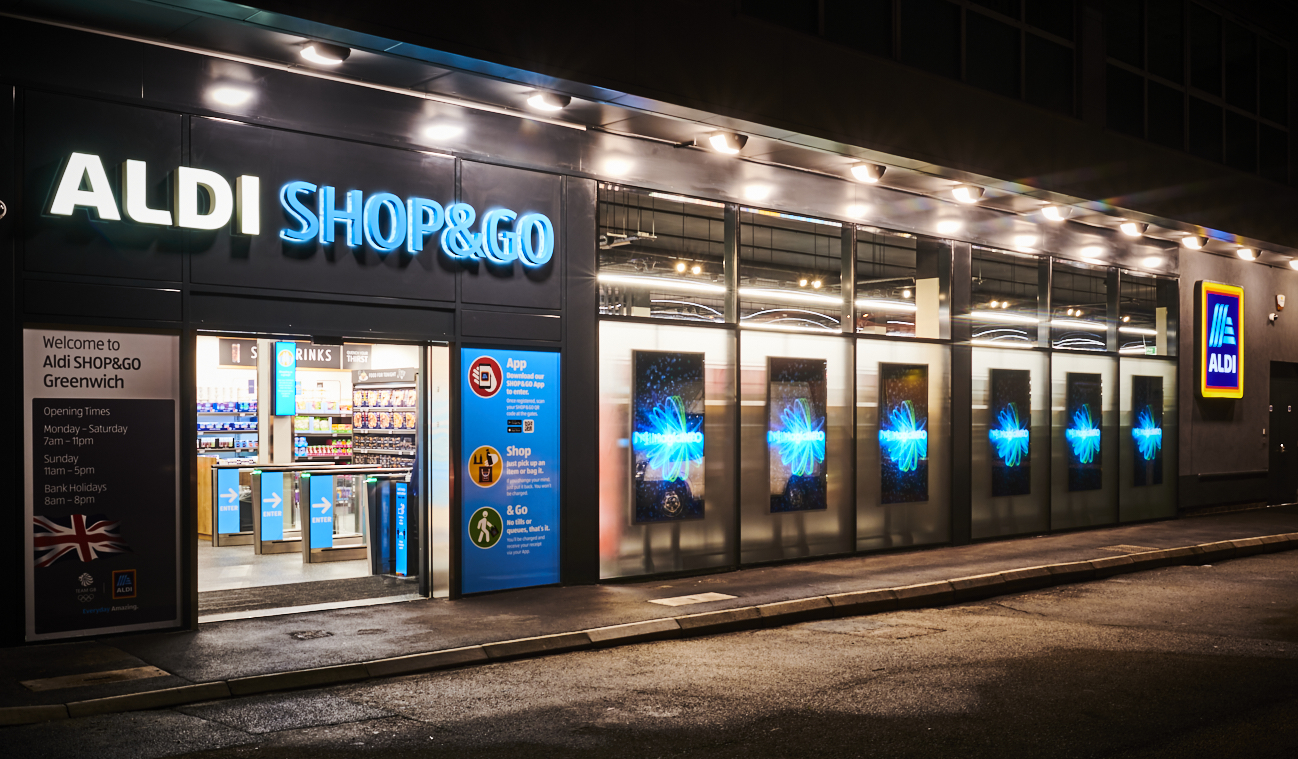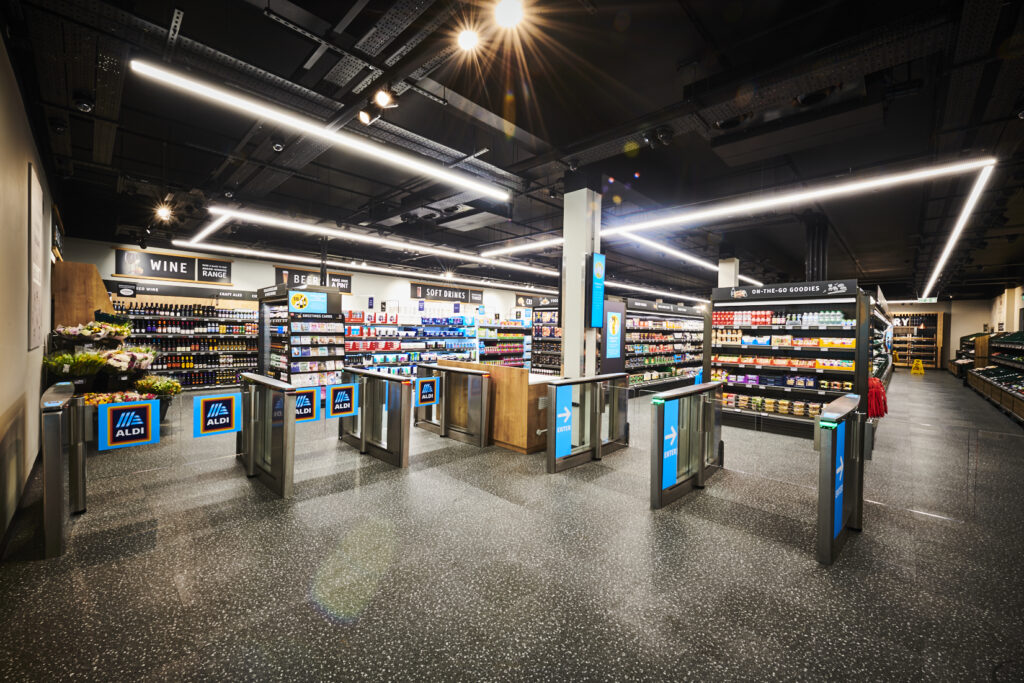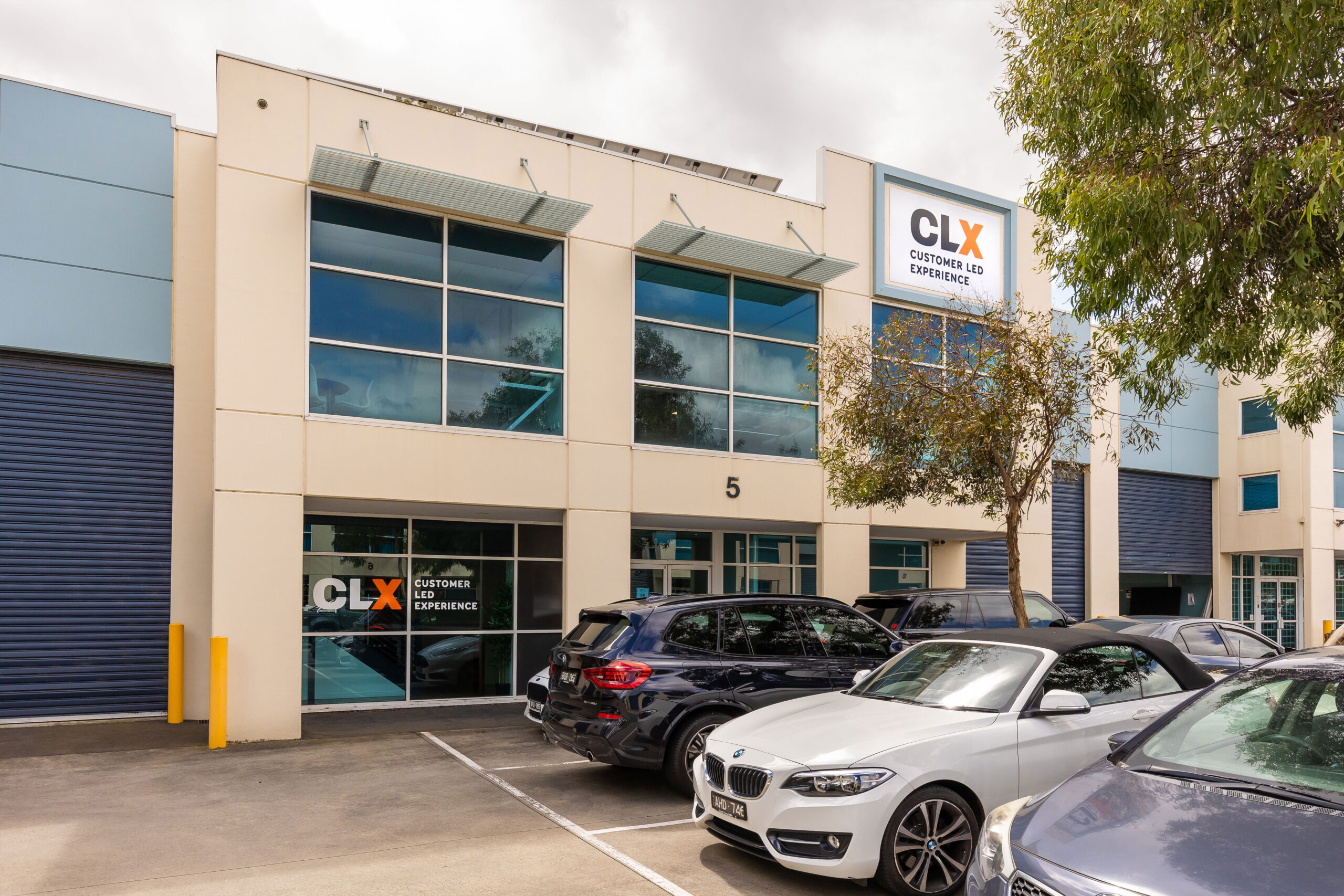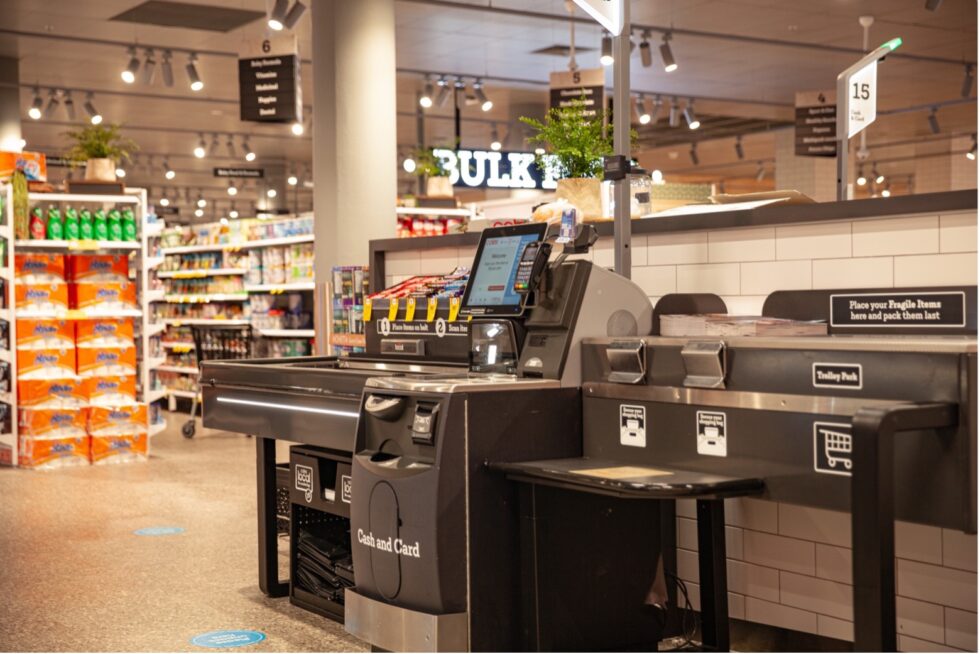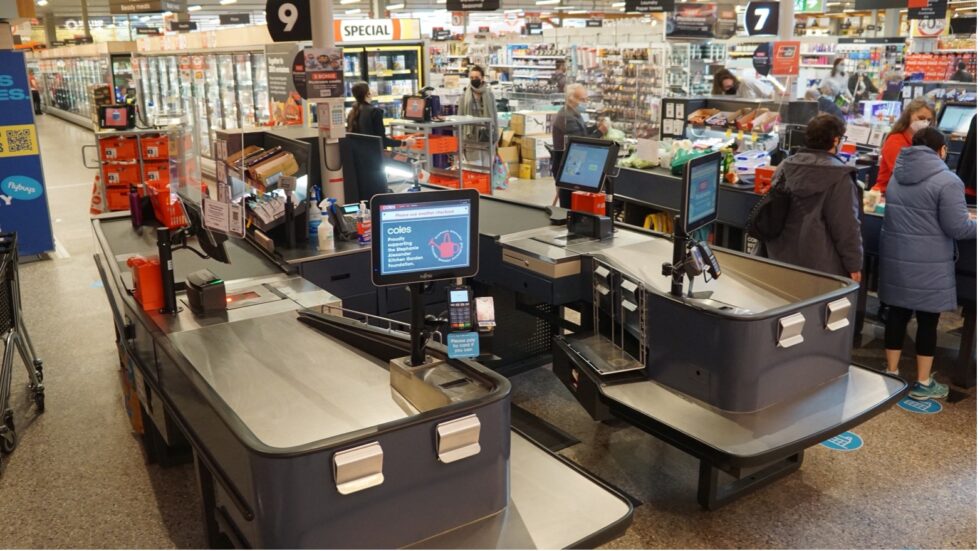The holiday season is nearly upon us and for retailers this is one of the most important times of business. Major retailers across the world have undergone significant front-end transformations over the past 12 months, devoted to seamless customer experiences and ensuring a frictionless journey through stores. These holidays will be an opportunity to test their new innovations and further develop strategies that ensure they get the most out of their investments.
A recent report by MiQ has found that 46% of people globally are expected to spend more on retail purchases this year, a significant increase from the COVID shrouded year before. They also noted that while most will research products online the majority will make their final purchase instore, with offline shopping picking up closer to the holidays. Google Data has also reported increased interest towards in-store shopping with searches for “store open” growing by over 400% throughout the year. With international concerns showcased in the media surrounding disrupted supply chains and rising costs, this is a great chance for retailers to instil confidence in their customers.
Brick and mortar retail stores will have an opportunity to put their self-scanning, autonomous solutions and team training to the test. Designed to centre customers in their own shopping journeys, self-sufficiency options work to create more space for customers and alleviate pressures while simultaneously diminishing queues. It’s important to have the right mix of checkout solutions, based on modelling, to handle the growing transactions over this period.
Having flexible solutions that allow customers to self-serve or be supported by an operator is key to ensuring team members are adaptable and able to meet a variety of needs. Integral to the uptake of new solutions is a strong understanding of how team members can work with customers to ensure positive participatory experiences. Success at this time of year will hinge on training that allows team members to assist customers as needed and to act as concierges across the front-end.
Retailers who have invested in AI and real-time data analytics will also be able to target problem areas as needed on the ground. This tech provides opportunities for stores to alleviate pressures for customers as they are happening, rather than in hindsight, ensuring the team are where they are needed most. The analytic component also allows stores to build strong strategies for the next holiday season, based on their unique footprint and visual data, further promoting a predictive approach to be utilised on any given day.
Crowded and unengaging spaces are discouraging to customers and don’t lend themselves to brand loyalty. It’s important that retailers are ensuring the best customer experience throughout the busy period, as these will be the people who come back to shop next year. Enriched service prompted by technology is the most effective way to ensure this. Enhanced product displays, informative touch screen displays, self-service checkouts, clear pick-up points and mobile apps are all ways in which retailers can work towards the best outcomes instore.
What will stand out during this year’s holiday season is how retailers were able to leverage technology to better understand their customers’ needs and wants. Those who have invested in the right technology, training and strategy will be next year’s best practice. At CLX we are continually ensuring the highest standards of service and are creating new and innovative solutions to help retailers compete every day. Get in touch with us to find out how you can create the best experience for your customers, team and business.



